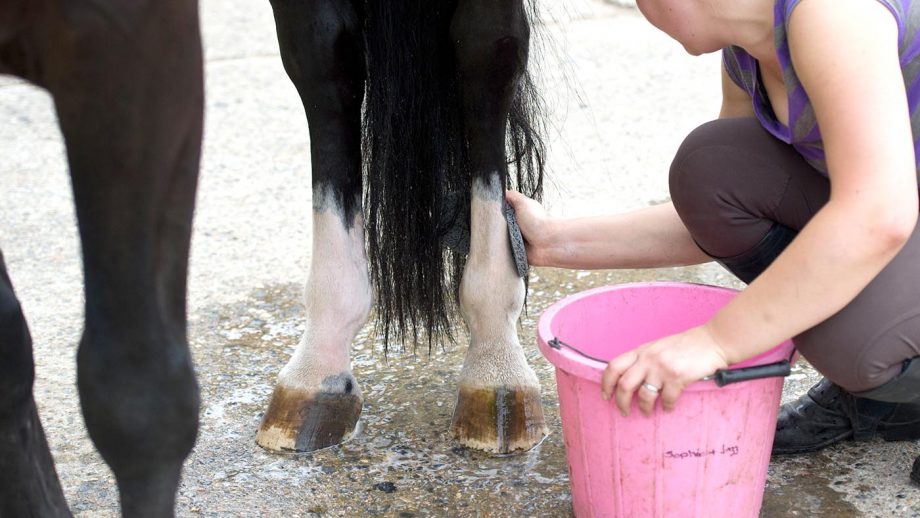The white line on a horse’s hoof is a crucial component of equine health, playing a vital role in the overall well-being of a horse. If you’re wondering what is the white line on a horse hoof, this article will guide you through its anatomy, function, and the significance of maintaining its health. By understanding the intricacies of the white line, horse enthusiasts can ensure their equine companions remain healthy and happy.
The white line connects the horse’s outer hoof wall to the inner structures. It is not white, but rather appears as a light yellow or golden color. This junction is essential for protecting the interior of the hoof from external damage and infection. Recognizing and maintaining a healthy white line is paramount for all horse owners.

Understanding the Anatomy of the White Line
The hoof of a horse is a complex structure made up of several components, each serving a specific purpose. The white line is a crucial part of this structure. On the surface, it may seem like a minor detail, but it provides an essential barrier, holding together the hoof wall and the sensitive structures within the hoof. You can learn more about the components of a hoof from resources like hoof care tips.
Role in Hoof Stability
The white line plays a key role in hoof stability. It acts as a shock absorber, helping to dissipate the energy generated when a horse runs or jumps. Furthermore, it contributes to the strength and flexibility needed for these activities.
Protection Against Infections
One of the primary functions of the white line is to act as a barrier against infections such as white line disease and thrush. These infections can compromise the strength of the hoof and can cause pain and lameness.
Common Issues Associated with the White Line
The health and integrity of the white line can be compromised by various issues. Let’s explore some common problems horse owners should be aware of:
White Line Disease
White line disease, also known as seedy toe, is a fungal infection that affects the white line. It is characterized by the separation of the hoof wall from the coffin bone, creating an empty space that gets filled with debris and fungi. Regular inspection and cleaning can help prevent this condition. More information on care and prevention can be found at hoof cleaning tips.
Thrush
This bacterial infection generally occurs in the frog or surrounding areas of the hoof. While not directly affecting the white line, it can spread and create an environment conducive to more severe infections such as white line disease.
Preventative Measures for White Line Health
To maintain a healthy white line, regular maintenance and care of the horse’s hooves are required. Here are some preventative measures:
Routine Cleaning
Routine cleaning of the hooves is essential to prevent infections. Removing dirt, stones, and debris minimizes the risk of conditions such as white line disease. Find more cleaning techniques at hoof care methods.
Balanced Diet
A horse’s diet significantly impacts hoof health. Nutrients like biotin, zinc, and methionine are crucial for maintaining strong hooves and promoting healthy growth.
Regular Farrier Visits
Regular visits from a qualified farrier ensure hoof health is maintained. A farrier can identify, treat, and prevent issues related to the white line.
Conclusion: Importance of a Healthy White Line
Understanding what is the white line on a horse hoof and its functions helps horse owners maintain their equine partner’s overall health. With proper care and maintenance, potential issues can be mitigated, ensuring a long and healthy life for your horse. The wealth of knowledge about equestrian care expands with comprehensive resources available online.

FAQs About the White Line on a Horse Hoof
What are the signs of white line disease in horses?
Signs include lameness, crumbling hoof wall, and separation between layers of the hoof. Addressing these symptoms early is key to effective treatment.
Can diet affect the health of the white line?
Yes, a well-balanced diet with essential nutrients supports strong hoof health and prevents infections.
Why is regular hoof maintenance important?
Regular maintenance helps identify issues early, preventing severe conditions like white line disease and ensuring hoof stability and health.







